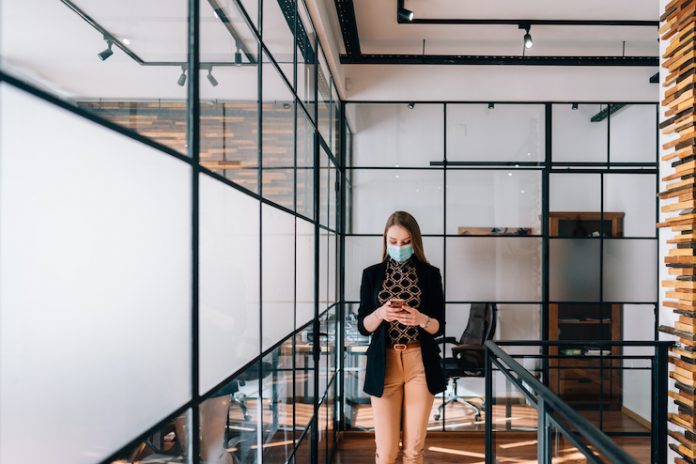As the doors to the borders of countries around the world begin to open, hotels need to be ready for the flurry of guests desperate to travel for a much-needed vacation or to reunite with a loved one. The hotel industry has certainly been hit hard by the COVID-19 pandemic, with occupancy rates having dropped dramatically across the board during the last year. While economy hotels are expected to recover quickly due to more demand and lower operating costs, the scars of the pandemic will long be carved into the public’s mind. Hotels will need to make several necessary changes soon – like heightened sanitation protocols – to alleviate public fears.
Contact tracing can put potential guests at ease. However, there is uncertainty about which contact tracing strategies are most effective. And hotels are hotspots for high turnover rates, making it difficult to keep track of guests. But, there are strategies and integrated systems exclusively for hotels to implement contact tracing systems and keep guests informed.
Technology in Operation
Upon the outset of COVID-19, several cruise lines needed more robust contact tracing solutions. Now, several cruise lines around the world are implementing contact tracing technology that could be applied to hotels. One way cruise lines can send information between passengers and crew members is through onboarding communication systems. And some are using wearable technologies that report if two people are within six feet of each other for 15 minutes within a 24-hour period; if there is a COVID outbreak on the cruise ship, passengers that have been in contact with the infected person can be informed so that they can isolate without the whole ship going into lockdown. Bringing app communication systems or wearable technology outlets to hotels can help with contact tracing.
Deploying Technology in a Hotel
Contact tracing technology that works on cruise ships would be most effective in like environments. Therefore, big resorts and theme parks where people are confined to certain boundaries would benefit from similar contact tracing technologies. Bluetooth technology can share location data and other safety notices in resorts or theme parks where guests are confined together, and can work in areas that have insufficient connectivity or cell service.
Making it Work
For contact tracing technology to work, there are three elements that hotels should have in place: wearable technology or an app, Bluetooth infrastructure on-property, and data center access. Devices or applications can come from a communications provider, but the hotel would need to implement the software inside their servers. If the property has sufficient internet connectivity, contact tracing data could be stored on a cloud-based platform. The hotel would need to decide if a system’s back-end should be hosted on the premises or another location, and this system ideally would be put in place within a few weeks.
During the COVID-19 outbreak, the hotel industry moved to mitigate its impact by furloughing staff and cutting costs. But now that travel restrictions are easing around the world, there will be an increased demand for vacations later this year. A functioning contact tracing system will help hotels engage customers in a new way and build trust that guests need. Facilities that are willing to show operational agility by implementing flexible contact tracing systems can be successful in dealing with the uncertainties ahead.











